You’ll probably agree that events are becoming increasingly demanding. And not only in terms of technical organization. Events are becoming “alive,” and clients want something that’s never been done before. Envelopes are being pushed and new concepts are being designed.
In this regard, event managers are facing new challenges. How do we outdo the last idea every time, over and over again, and ultimately our selves as the ones in charge of planning the event? Our job is to create unforgettable and valuable experiences for both the client and every other attendee, ones that echo every moment of the event they attended. Perhaps a more fitting term would be “designing” experiences. What I’m actually referring to is (U)XD – (user) experience design. The term is primarily associated with the tech arena – above all cellphone companies, which compete day in day out to ensure this magical experience for consumers using their products and base their sales strategies on this very foundation. So, what is (U)XD?
A process that boosts the product or service user’s satisfaction by improving usability/accessibility/desirability in the very interaction with the pro duct or using the service.
Let’s focus on services, because that’s exactly what event planning is. In practice, this means that the service is designed so that the focus is on the quality of the user’s or client’s experience. However, this “design” doesn’t adhere to the usual rules of design. On the contrary, it’s about using and mixing multiple disciplines that take into account multiple aspects of the brand, business, environment, experience… To use an instructive example, if you’re planning an event to launch a new pro duct, you need to think about everything: from what the product represents (literally and figuratively), its purpose, its packaging and the reasoning behind it, who will distribute it and where, what’s the retail environment like, employee dress code, and so forth. Every little thing matters! Even the things that never cross your mind.

XD aims to develop the product or service by tackling all or some of the following components: visual design, information architecture (how users get the information they need), interaction design (focusing on the interaction between users and the product/service), usefulness (ways to use the product/ service so as to ensure maximum performance and serve its purpose), access (how the system enables users to easily access the content), and human–computer interaction (how communication is shaped in terms of design and implementation of computer systems).
Events have long since stopped being mere gatherings of certain numbers of people in the same place. They are expected to provide an experience, preferably one that’s never been lived before. That’s why a new discipline is emerging – XD, or event design.
How does one become a good XD designer? First and foremost, you have to understand your clients’ needs and goals, and then find and plan a detailed roadmap that meets these needs all around, all the while taking care to create the right combination of digital and “real life.” This roadmap is the single most important part of the process. After getting information about the event’s target audience and objectives, you should make sure that each next step in the event design roadmap is well thought out, customized, and involving as many participants as possible. This planning stage allows you to identify gaps in the user experience, determine where the experience is lacking, and accordingly define when and where to take it up or down a notch, as well as inform or entertain your audience. And precisely because the experience itself is an intangible category, it’s crucial that the event planners develop road mapping methods that will bring these experiences to life. This means finding the most effective ways of mixing and combining these components in order to create the user experience.
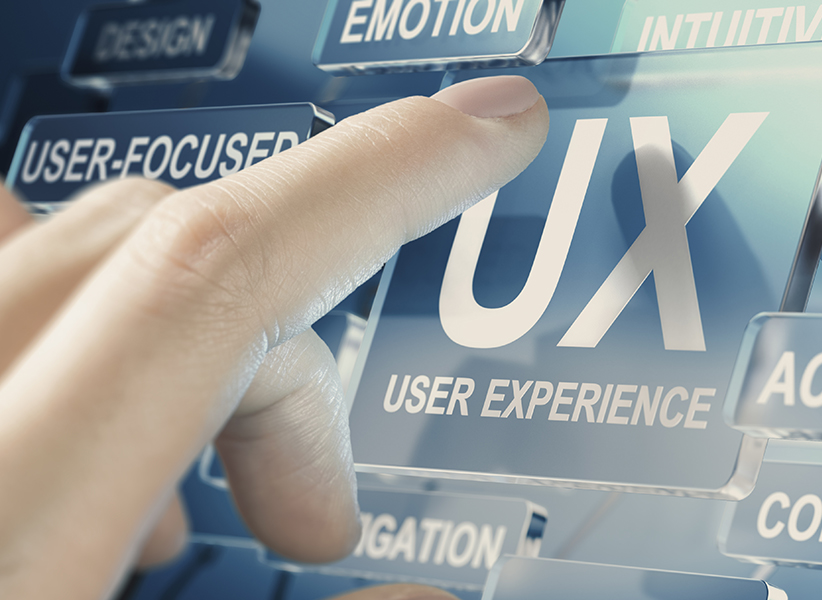
Good visual components instantly draw attention and tell the story, although it’s an art knowing how to pack in lots of information in a form that’s appropriate on both the informational and aesthetic level.
The details are what should highlight and accentuate the strongest ideas within the in formation hierarchy. The hierarchy is achieved by using different typography, font, contrast, and color. This principle directly relies on the analytical, strategic, and creative skills of the experience designer, or in our case the event manager. If possible, it’s recommended that you analyze the participants data from past events so that you can understand how they interacted with, for example, venues, content, technology, and one another. This analysis aims to determine if there were points where the participants were disengaged or the experience was lacking, or any other slip up.
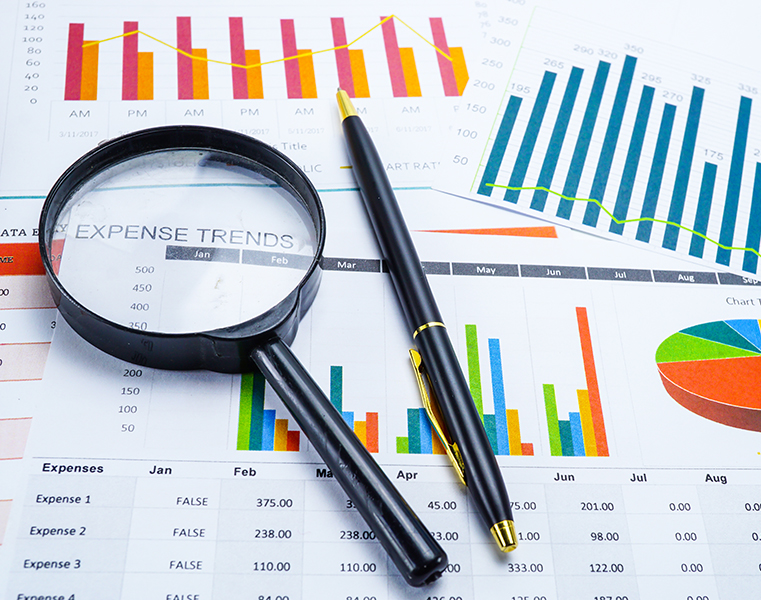
Here you should think about how to fix it and find a way to create an experience for the guests that they won’t forget. And if the experience was impressive and positive, pin down what the participants responded to particularly well and the components that led to success, so that you can have guide lines on what to put emphasis on this time and be even better.
Events have long since stopped being mere gatherings of certain numbers of people in the sa me place. They are expected to provide an experience, preferably one that’s never been lived before. That’s why a new discipline is emerging – XD, or event design. Event design literally dives into every detail, it is part of everything that you come up with and implement. The key is to take into consideration what your client really needs or wants and deliver it before they become aware of it as a need or desire. This practically makes you the one who shapes their experience – or at least anticipates it. In that matter, the next time you’re planning an event, ask yourself not only how you will meet the client’s expectations, but how you will exceed them, as well.





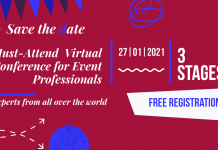
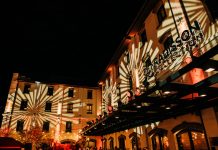


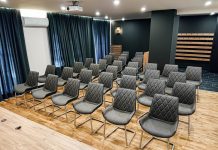
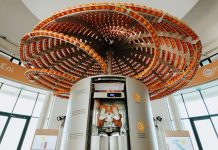

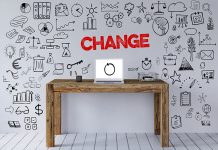
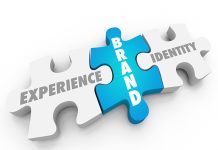
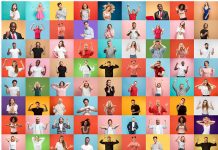
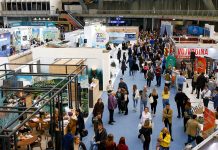

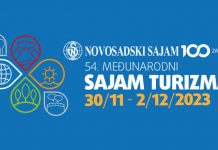






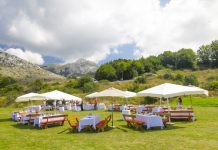










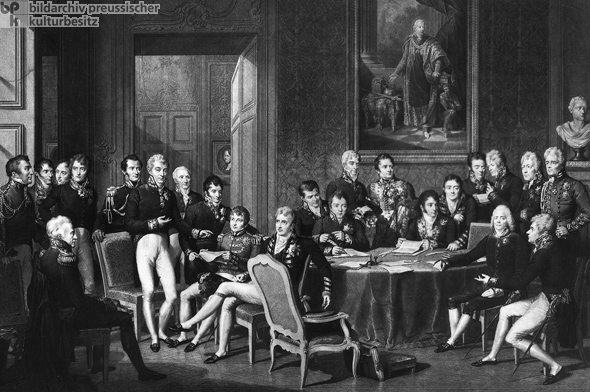


 Srpski
Srpski English
English